Conifer?
blakrab Centex
10 years ago
Featured Answer
Comments (35)
jean001a
10 years agoEmbothrium
10 years agoRelated Professionals
Danbury Landscape Architects & Landscape Designers · Derry Landscape Architects & Landscape Designers · Cary Landscape Architects & Landscape Designers · Otsego Landscape Architects & Landscape Designers · Saint Louis Park Landscape Architects & Landscape Designers · Aurora Landscape Contractors · East Hanover Landscape Contractors · Hilo Landscape Contractors · Las Vegas Landscape Contractors · Melrose Landscape Contractors · Natick Landscape Contractors · The Villages Landscape Contractors · White Bear Lake Landscape Contractors · Irvington Landscape Contractors · Maple Heights Landscape Contractorssevernside
10 years agosalicaceae
10 years agoblakrab Centex
10 years agoSmivies (Ontario - 5b)
10 years agopineresin
10 years agolou_spicewood_tx
10 years agosalicaceae
10 years agojimbobfeeny
10 years agoblakrab Centex
10 years agowinterfell
10 years agopineresin
10 years agowinterfell
10 years agoblakrab Centex
8 years agolast modified: 8 years agoblakrab Centex
8 years agoSmivies (Ontario - 5b)
8 years agopineresin
8 years agoblakrab Centex
8 years agoSmivies (Ontario - 5b)
8 years agoblakrab Centex
8 years agolast modified: 8 years agopineresin
8 years agoblakrab Centex
8 years agolast modified: 8 years agoMike McGarvey
8 years agopineresin
8 years agoblakrab Centex
8 years agolast modified: 8 years agoblakrab Centex
7 years agolast modified: 7 years agoblakrab Centex
7 years agolast modified: 7 years agoblakrab Centex
last yearJeff
last year
Related Stories
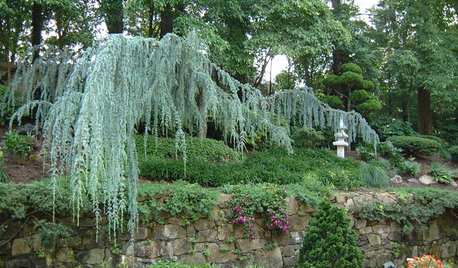
PLANTING IDEASDesigning With Conifers: Exploring Color
Colorful, structural and adaptable, conifers are waiting to transform your garden
Full Story
PLANTING IDEASStretch the Budget, Seasons and Style: Add Conifers to Your Containers
Small, low-maintenance conifers are a boon for mixed containers — and you can transplant them to your garden when they’ve outgrown the pot
Full Story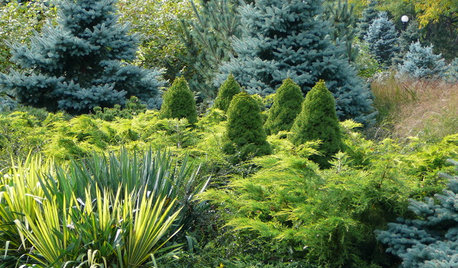
PLANTING IDEASDesigning With Conifers: Layers of Texture for Your Garden
Sharp and prickly or fine like ferns, richly textured conifers bring unexpected interest to the landscape
Full Story
GARDENING GUIDESDesigning With Conifers: Find the Perfect Fit for Your Landscape
Conifers range from fairy-garden size to 70 feet tall. Here’s how to decifer the plant tag for the perfect long-term fit in your garden
Full Story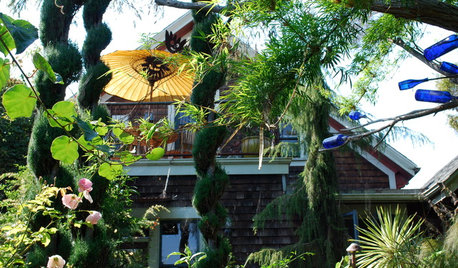
PLANTING IDEASDesigning With Conifers: How to Unite Your Landscape
Create a landscape full of intrigue and artistry with the right placement of conifers and their supporting players
Full Story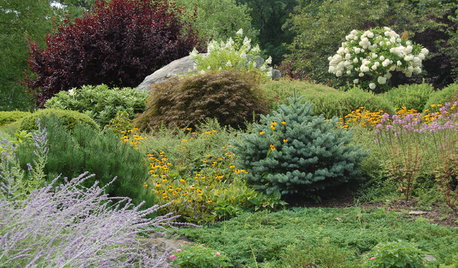
GARDENING GUIDESDesigning With Conifers: Finding the Right Garden Bedmates
In gardening, building on commonalities creates an enduring relationship
Full Story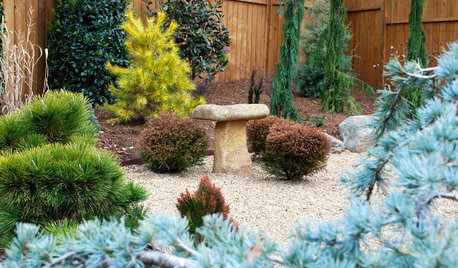
PLANTING IDEASDesigning With Conifers: Personality and Form in the Garden
Unique and full of interest, well-shaped conifers await a place your yard
Full Story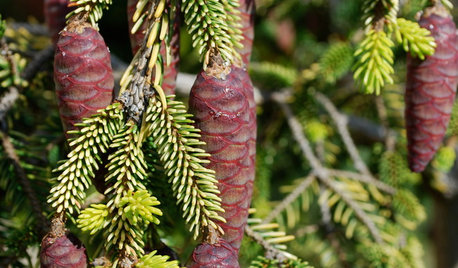
GARDENING GUIDESGreat Design Plant: Skylands Oriental Spruce, a Favorite Conifer
Brighten up a drab corner of your garden with Picea orientalis ‘Skylands’, a smaller spruce that a bird family might just call home
Full Story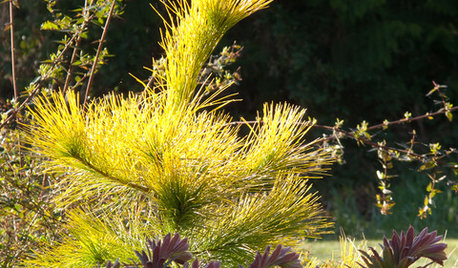
GARDENING GUIDESGreat Design Plant: Louie Eastern White Pine
This stunning golden conifer will bring a smile to your face and add a ray of sunshine to your winter garden
Full Story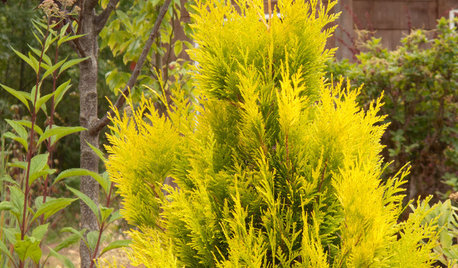
FOLIAGEGreat Design Plant: 'Forever Goldie' Arborvitae
As soft as a teddy bear, this golden conifer adds year-round interest to the garden
Full StoryMore Discussions






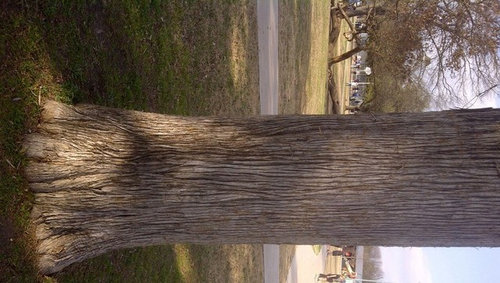
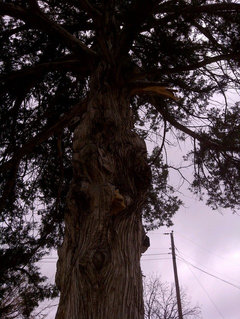
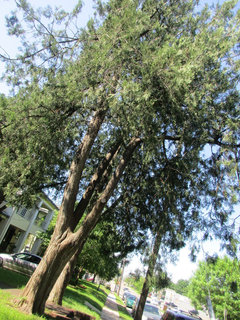
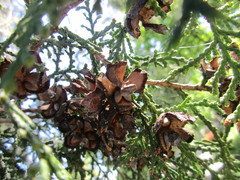
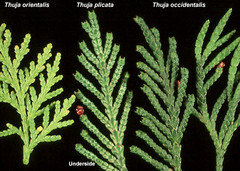
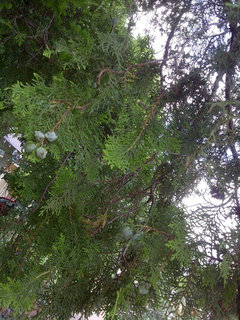

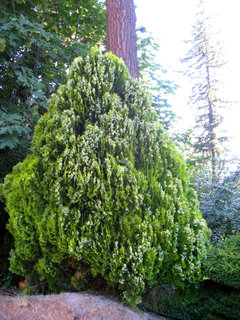

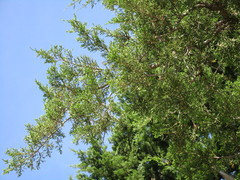

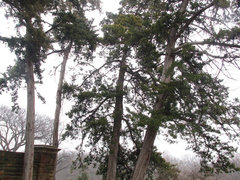



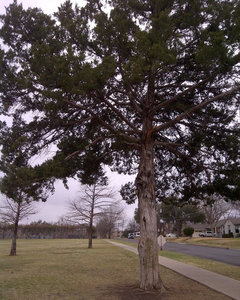

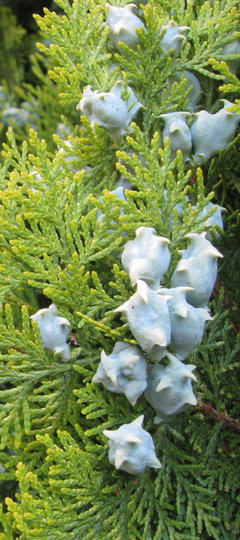
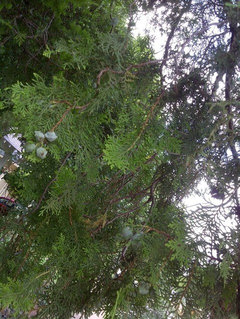
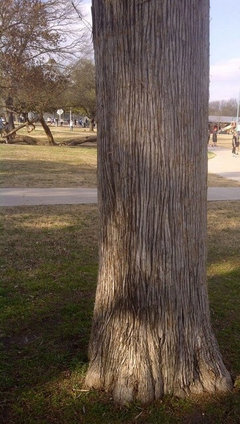
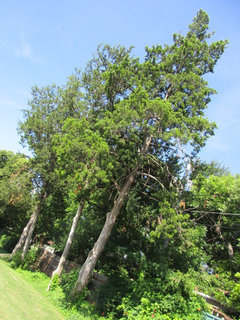
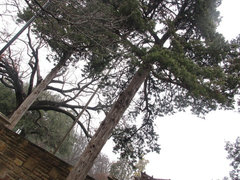

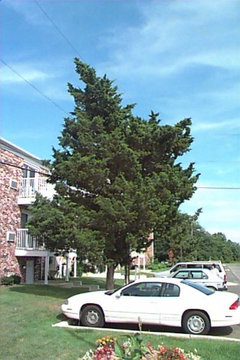


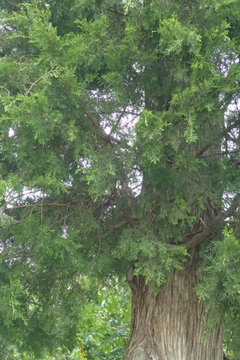

Smivies (Ontario - 5b)